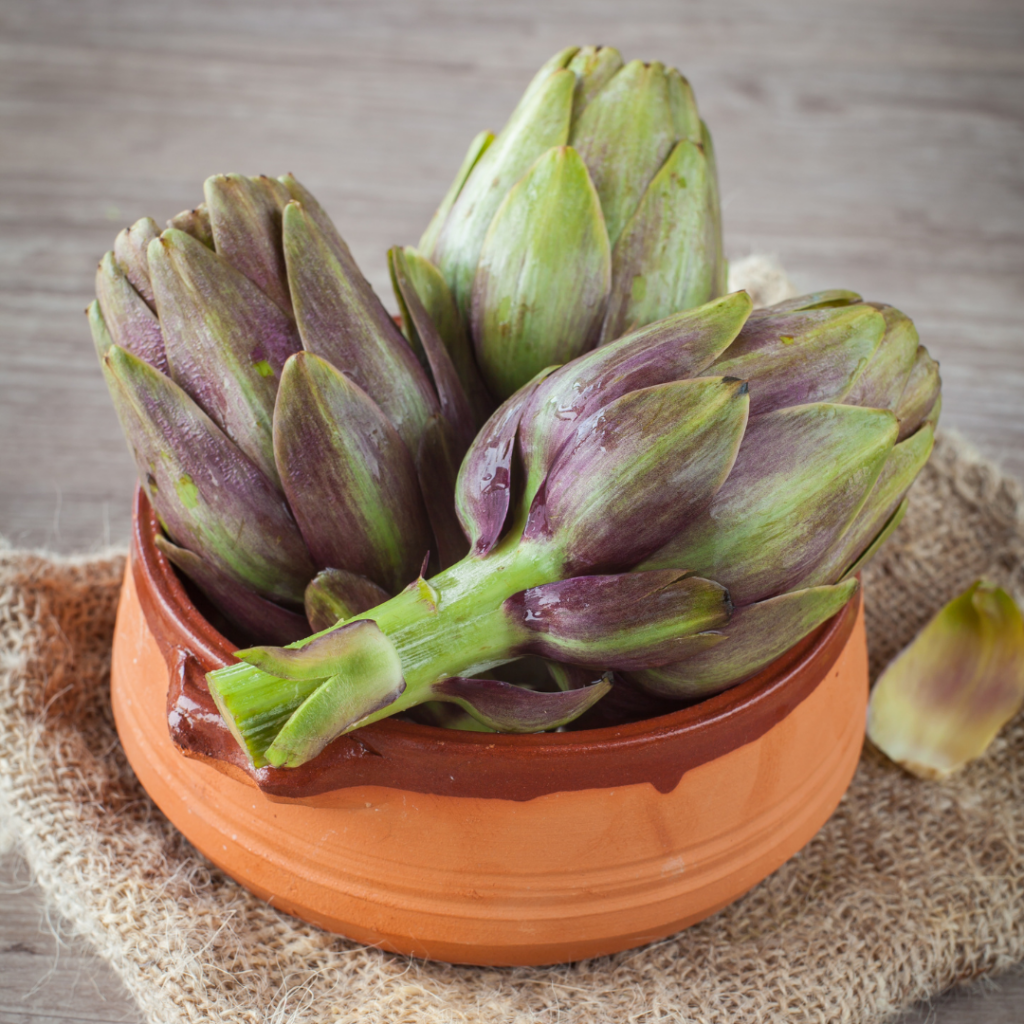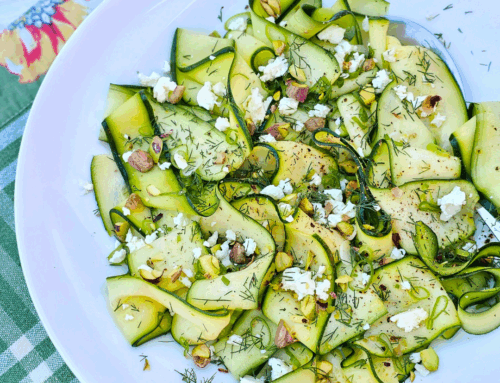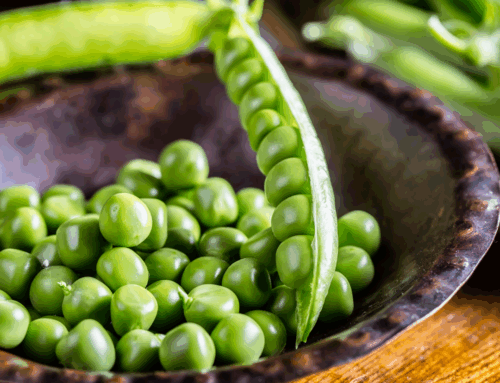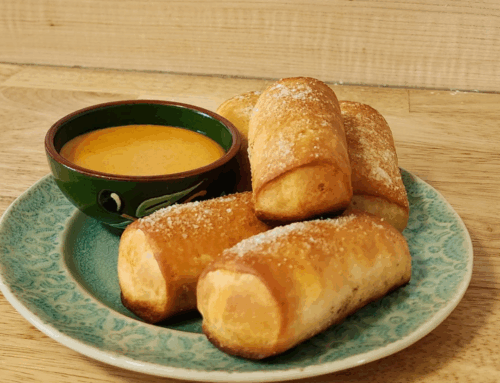
Artichokes are a delicious and nutritious vegetable with a unique flavour and texture.
They are often eaten as a side dish or appetizer, and can be prepared in a variety of ways, such as steamed, grilled or fried.
Photo Credit: Stock
The artichoke is a delicacy to some, an enigma to others. Actually a thistle, the artichoke does seem like an unusual choice for a meal; the inedible bits far outweigh the edible. With leaves often tipped with nasty thorns and an unpalatable hairy ‘choke’ hidden deep in the centre atop the heart, one requires a definite degree of determination to tackle the artichoke.
Intrepid Italians have been cultivating these enormous thistles for more than 2,000 years and have acquired extensive expertise in their preparation. Likely introduced to the California coast by Italian immigrants around the turn of the century, the area around Watsonville, with its ideal conditions (mist, fog, rain and constant temperatures), still remains ground zero for most of the artichokes we see here.
The most commonly found variety is the Green Globe, a softball-sized flower bud resembling a large hand grenade. Artichokes are part of the sunflower family, related to lesser-known edible members, salsify and cardoon, and share a similarly meaty texture and delicious, savoury flavour.
Choose artichokes that feel heavy for their size. When you squeeze an artichoke, it should feel firm and “squeak” a little. The leaves should be closed with little separation, not splayed wide open. Frost blisters are just fine. In fact, these ‘blighted’ artichokes can taste even better than those not touched by frost. Sadly, most artichokes are sold with the stems cut off right to the base of the bud. These stems, once peeled, are almost as tasty as the heart.
The fleshy base of the tough outer leaves (you have to scrape them with your teeth to eat the tender bits) and the base or ‘heart’ of the artichoke are all that are edible. The exceptions are baby artichokes, which are not actually babies at all. They are the buds that have developed with less sun lower down the stalk and are small and often choke-less. These can be steamed whole and dressed in a vinaigrette, sliced raw very thinly and served with lemon and garlic as a salad, or quartered, deep fried and served with aioli.
The simplest way to enjoy larger artichokes is to steam them until the heart is tender and serve them with a lemony herbed aioli. Be sure to let everyone know they have to remove the choke before eating the heart. Add aromatics like a bay leaf, some garlic and a slice of lemon to the steaming water to infuse the artichokes with more flavour. Be sure to save the liquid for an excellent start to a vegetable stock.
When you can find baby artichokes, here’s a tasty recipe from the Castroville (self-styled artichoke capital of the world) Artichoke Festival, an annual May event on the central coast of California. Fried artichokes are a favourite treat sold at local shops and stands.
Fried Artichokes
1 cup fish batter mix
¼ tsp baking powder
½ cup water
¼ cup beer
2 lbs baby artichokes, trimmed and quartered
1 cup Italian breadcrumbs
¼ cup grated Parmesan cheese
All-vegetable shortening (not oil)
Heat shortening, 2.5 cm (1 inch) deep, to 175° C (350° F).
In a bowl, combine batter mix, baking powder, water and beer.
Toss Parmesan and breadcrumbs together.
Dip the artichokes in the batter and roll in breadcrumbs/cheese mixture.
Fry artichokes in small batches for 2-3 minutes or until golden brown.
Salt immediately and keep warm until all the artichokes are cooked.
Serve right away, as is or with a dipping sauce of your choice.









Leave A Comment